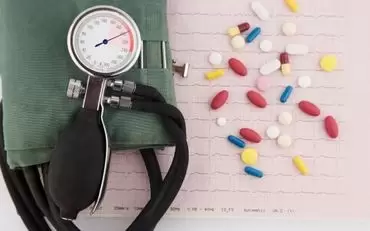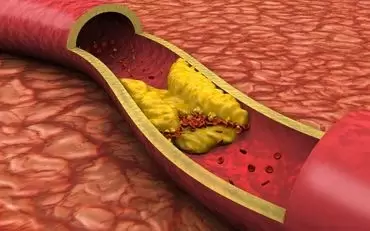29 Oca
Lymphedema
Son değiştirilme tarihi: 09 Oca 2026
Lymphedema
Lymphedema emerges as an impairment of the lymphatic circulatory system. Lymphedema defined as accumulation of protein-rich discharge in the tissue causes swelling and pain in the affected area. It is a severe disease that impairs the quality of life and causes movement restriction at the time of progression.
What is Lymphedema?
Lymphatic system works as a vacuum with low hydrostatic pressure composed of capillaries. The duty of this system is to retrieve back the fluid and plasma leaking into tissue spaces. Although it is a condition more common in women, lymphedema can be seen in men and women at all ages.
Lymphedema is divided into two as secondary and primary. Secondary lymphedema develops as a result of infection, cancer, radiation or trauma; whereas primary lymphedema is divided into three periods as birth to 1st year, 1st – 35th years and after 35 years of life. This problem, which is mostly common in the lower limbs may also be seen on the arms, face, neck and external genitalia.
Symptoms
Symptoms of lymphedema, a problem of the lymphatic system insufficiency or impairment, not only cause cosmetic problems but also lowers the quality of life leading to movement limitations in the long run. Symptoms can be listed as follows:
- Pain, swelling and heaviness at the disease site,
- Skin deformations,
- Hair and nail changes,
- Temperature rise,
- Numbness,
- Skin thickening,
- Movement restriction and difficulty in swallowing in lymphedemas of the neck,
- Loss of visual acuity, swelling in eyes and skin thickening in lymphedemas of the face.
Causes of Lymphedema
Lymphedema may affect every individual regardless of age or gender. Although research work is being conducted to look into causes, they are not yet known for sure. Nevertheless, there are known risk factors such as:
- Cancer therapy
- Infection
- Exposure to radiation
- Various traumas
Lymphedema may usually be seen as a consequence of long-term cancer therapy. Bacterial and fungal infections may also lead to lymphedema by impairing the lymphatic system.
Treatment
Lymphedema treatment is a long-term process that requires proper care and protection of the site of diagnosis.
Treatment involves first a staging of the swelling, measurement of the fluid volume and mapping of the lymphatic system by lymphoscintigraphy. Treatment modality should be picked according to severity of the disease and patient’s age following assessment by high-tech devices such as USG and MRI.
Treatment options include manual lymphatic drainage, exercise, compression, skin care, complex decongestive therapy, laser treatment, medical treatment and physical therapy.
Related Articles

Pulmonary Hypertension
If you have any of the following symptoms, go to the nearest emergency room and ask for your PAH doc..
Read More
Heart Failure
The heart is a vital organ that pumps blood to our body carrying the oxygen and nutrients we need to..
Read More
Vascular Occlusion
Incidence of certain diseases has increased among the advanced age population due to the development..
Read More




